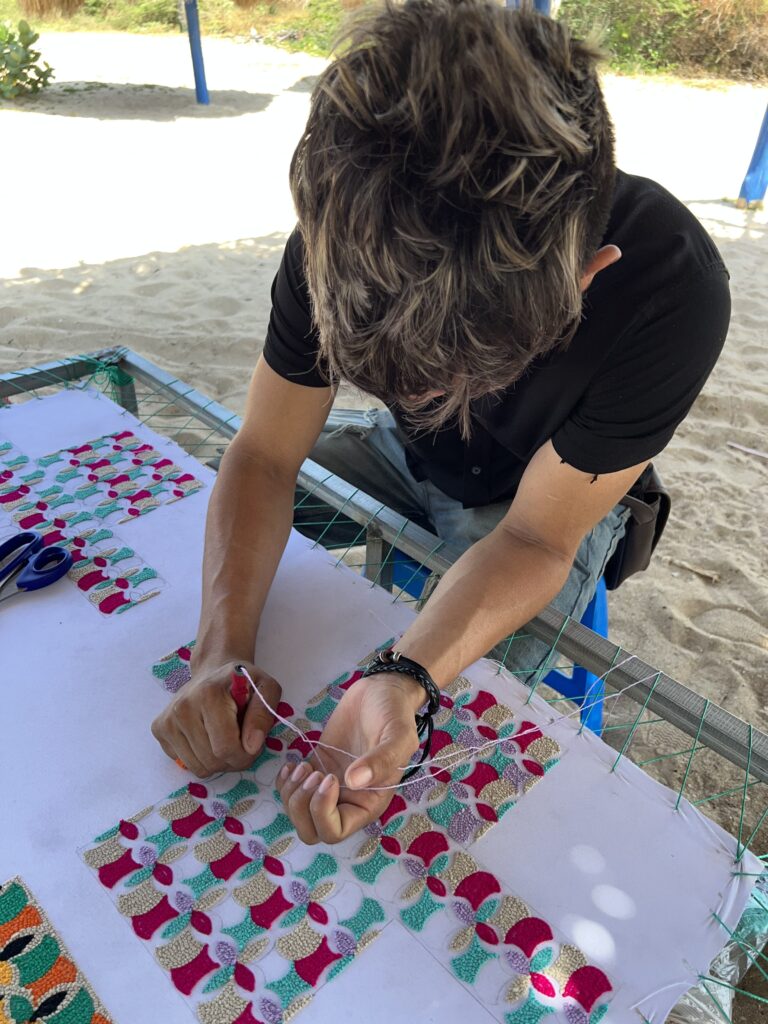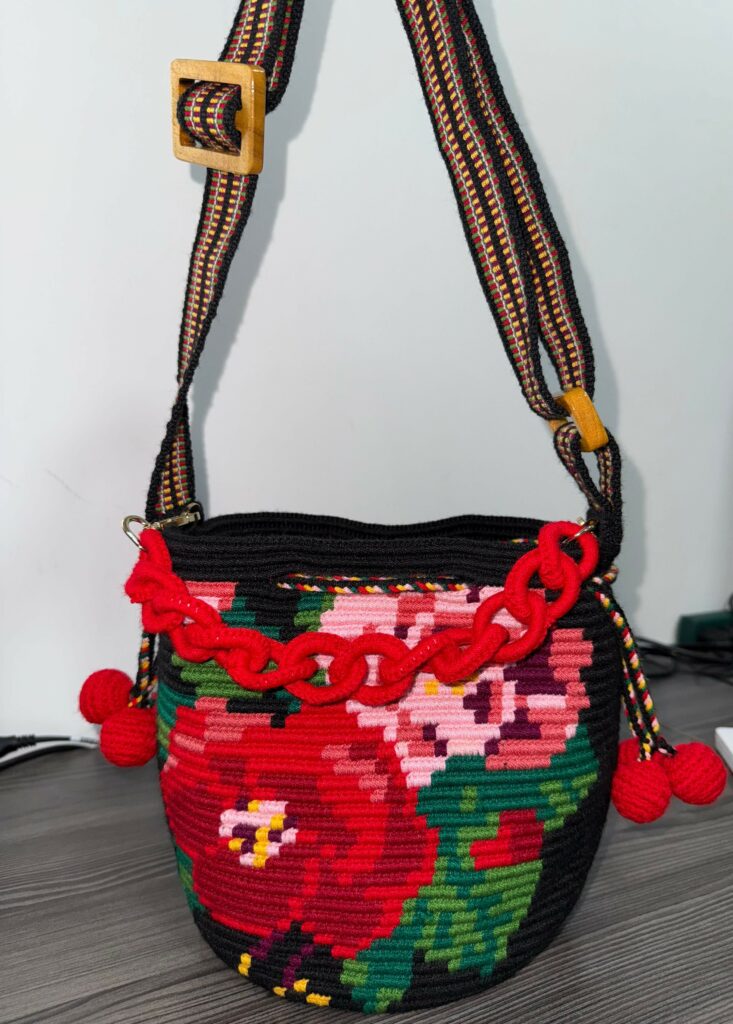
In the deserts of La Guajira, Colombia, lives the Wayuu community, renowned for their remarkable textile traditions passed down through generations. Among their most iconic cultural expressions is Wayuu weaving, a meticulous and symbolic craft that gives life to vibrant accessories, especially the celebrated Wayuu bag. These creations are more than just fashionable pieces; they embody identity, resistance, and the essence of Colombian indigenous heritage.
When people think of Colombian Wayuu bags, they often imagine the classic “mochila”, a round, deep, shoulder-worn bag adorned with striking geometric patterns. However, Wayuu weaving encompasses several styles, each with distinct functions and symbolic meaning. The main types of Wayuu bags include:
Every authentic handmade bag tells a story. The symbols and shapes woven into each one reflect dreams, family lineage, or spiritual beliefs, making each piece a wearable narrative.
Cosecha Bags is a brand focused on innovating with traditional Wayuu bags. If you’d like to discover their work, click here.

Wayuu weaving techniques are unique, combining deep cultural knowledge with extraordinary craftsmanship. The most popular techniques used include:
These Wayuu weaving methods require not only dexterity but also patience. Depending on the size and technique, a single Colombian Wayuu bag can take from 10 days to over a month to complete. Each artisan applies personal intuition and traditional knowledge, passed down from mothers and grandmothers, ensuring that no two bags are exactly alike.
The core of Wayuu weaving lies in its deeply rooted spiritual and cultural significance. The process begins with selecting high-quality cotton or acrylic yarn in a range of vibrant colors. Before any weaving starts, the artisan often envisions the design, a combination of symbols called kanaas, each with its own meaning, such as strength, fertility, or protection.
The traditional technique is:
This meticulous process transforms raw thread into a stunning authentic handmade bag that’s not only functional but also deeply meaningful. Today, these pieces are appreciated worldwide as symbols of tradition, resistance to fast fashion, and sustainable craftsmanship.
Wayuu weaving continues to gain international recognition as a sacred and artistic expression of Colombia’s indigenous cultures. By choosing Colombian bags like the Wayuu mochila, you’re not only investing in a unique accessory but also supporting a centuries-old practice that empowers indigenous women and celebrates cultural resilience.
If you’re looking for something vibrant, ethical, and full of story, a Wayuu bag is more than just an accessory, it’s a piece of living art.
Discover our online store featuring a stunning collection of Wayuu bags. Shop now and embrace the beauty of tradition!